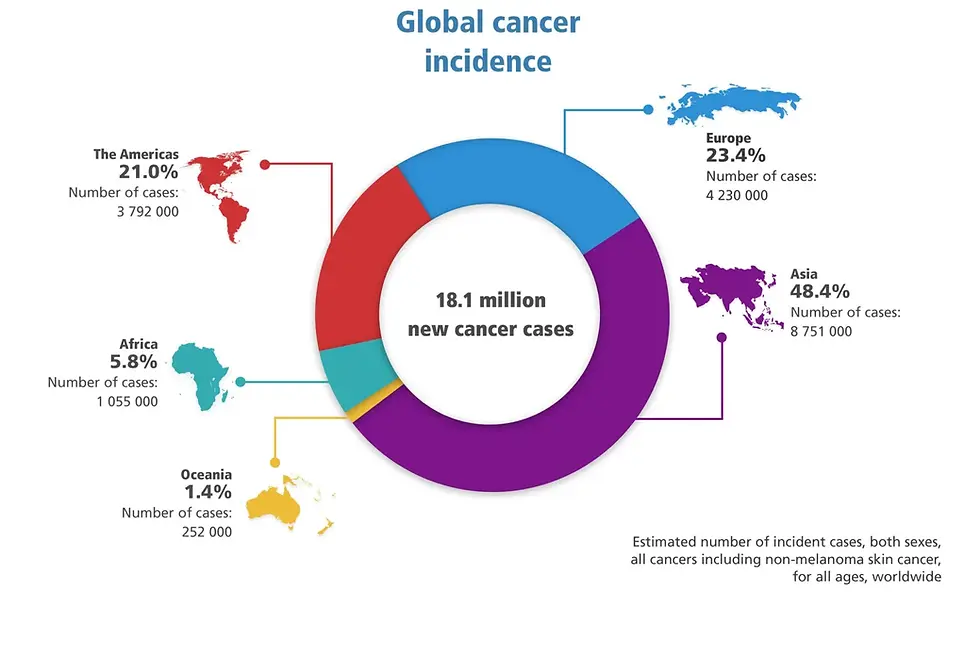Researchers have recently created a new type of cancer drug called ADCs. What are they? How do they work? Dive into this research spotlight to learn all about this exciting new topic!
Cancer is a deadly disease that affects millions of people in the US alone. It’s caused by malfunctioning cells that grow and divide uncontrollably, creating masses called tumors that can spread throughout the body. Cancer can happen in virtually any part of your body and in many different forms, making it hard to diagnose and treat. That’s one reason why there are no cures for cancer right now, but doctors and scientists have worked for decades to find drugs and treatments that can treat its symptoms.

(Credit: UICC)
One of these drugs is called Enhertu. It was developed in 2022, and it’s used to treat breast cancer. Enhertu belongs to a new class of a growing group of cancer drugs called antibody-drug conjugates (ADCs). So, what are ADCs? Let’s first break down the name.
Antibodies are proteins created by the immune system that target and bind to antigens, which are molecules on invading pathogens. Pathogens can include bacteria, viruses, and any other foreign molecule that causes harm to the body. Antibodies’ ability to seek out specific molecules is what makes them perfect for ADCs.
Next, drugs. There’s a variety of drugs available to fight cancer, and many are a part of chemotherapy treatments. The main goal of chemotherapy is to prevent the metastasis, or spreading, of cancer cells and tumors and kill them off. They can do this by blocking cell division, interfering with DNA or protein synthesis, or artificially triggering apoptosis (cell death).
When two molecules are linked, we call them conjugates. So, to sum it all up, ADCs are created when a specially designed antibody that targets cancer tumors is linked to a toxic cancer-fighting drug through a linker molecule.


Comentários